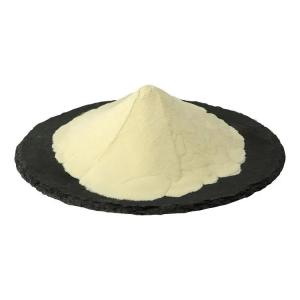News list
News Center
Hot Product
News
Phosphoric acid in diet diversity research
Time:2025-10-30
1. Introduction
Diet diversity research explores the variety and balance of foods consumed across different populations. Within this field, phosphoric acid has attracted attention due to its widespread use in beverages, dairy products, and processed foods. As an acidulant and preservative, it influences not only product formulation but also patterns of nutrient intake in modern diets.
2. Phosphoric Acid and Food Variety
Phosphoric acid contributes to the sensory characteristics of many popular foods and drinks, particularly carbonated beverages and flavored products. Its inclusion in various formulations allows for a broader range of tastes and textures in the modern food supply. In dietary diversity studies, this functional use highlights how industrial ingredients can expand consumption choices while also altering nutrient profiles.
3. Nutritional Composition Considerations
From a nutritional perspective, phosphoric acid serves as a source of inorganic phosphorus, an element essential for cellular energy and bone structure. However, research into diet diversity examines how such added phosphorus interacts with naturally occurring nutrients. The ratio between added and natural phosphorus sources provides insight into overall nutrient balance within different dietary patterns.
4. Global Consumption Trends
Diet diversity studies have shown that increased reliance on processed and convenience foods has raised overall phosphorus intake in many regions. Phosphoric acid’s prevalence in these products makes it an important variable in global dietary surveys. Tracking its contribution helps researchers better understand shifts from traditional food diversity toward industrialized consumption models.
5. Implications for Food and Nutrition Policy
Incorporating phosphoric acid data into diet diversity research supports evidence-based nutrition policies. By comparing populations with varying levels of processed food consumption, researchers can assess how food additives influence nutrient distribution and dietary variety. This approach encourages balanced food systems that combine technological efficiency with nutritional sustainability.
6. Conclusion
Phosphoric acid plays a significant role in shaping modern diet diversity. While it enhances product variety and stability, its presence also reflects changing food consumption patterns. Continued research on phosphoric acid within the framework of diet diversity helps ensure that innovation in food processing remains aligned with long-term nutritional and public health objectives.
Diet diversity research explores the variety and balance of foods consumed across different populations. Within this field, phosphoric acid has attracted attention due to its widespread use in beverages, dairy products, and processed foods. As an acidulant and preservative, it influences not only product formulation but also patterns of nutrient intake in modern diets.
2. Phosphoric Acid and Food Variety
Phosphoric acid contributes to the sensory characteristics of many popular foods and drinks, particularly carbonated beverages and flavored products. Its inclusion in various formulations allows for a broader range of tastes and textures in the modern food supply. In dietary diversity studies, this functional use highlights how industrial ingredients can expand consumption choices while also altering nutrient profiles.
3. Nutritional Composition Considerations
From a nutritional perspective, phosphoric acid serves as a source of inorganic phosphorus, an element essential for cellular energy and bone structure. However, research into diet diversity examines how such added phosphorus interacts with naturally occurring nutrients. The ratio between added and natural phosphorus sources provides insight into overall nutrient balance within different dietary patterns.
4. Global Consumption Trends
Diet diversity studies have shown that increased reliance on processed and convenience foods has raised overall phosphorus intake in many regions. Phosphoric acid’s prevalence in these products makes it an important variable in global dietary surveys. Tracking its contribution helps researchers better understand shifts from traditional food diversity toward industrialized consumption models.
5. Implications for Food and Nutrition Policy
Incorporating phosphoric acid data into diet diversity research supports evidence-based nutrition policies. By comparing populations with varying levels of processed food consumption, researchers can assess how food additives influence nutrient distribution and dietary variety. This approach encourages balanced food systems that combine technological efficiency with nutritional sustainability.
6. Conclusion
Phosphoric acid plays a significant role in shaping modern diet diversity. While it enhances product variety and stability, its presence also reflects changing food consumption patterns. Continued research on phosphoric acid within the framework of diet diversity helps ensure that innovation in food processing remains aligned with long-term nutritional and public health objectives.


 CN
CN





